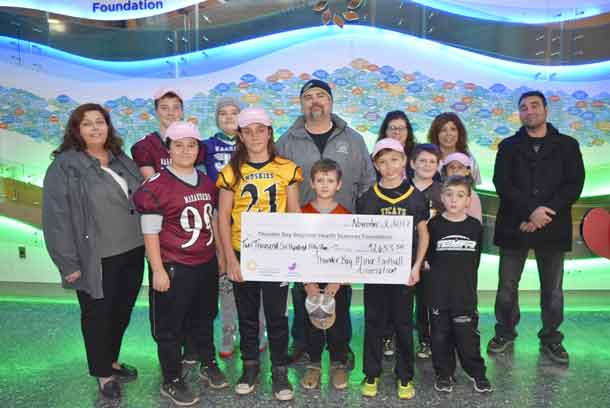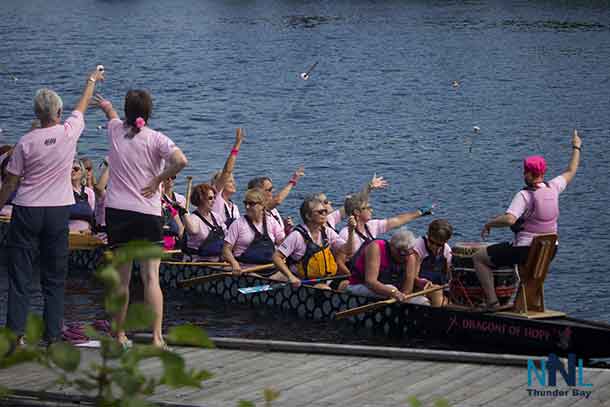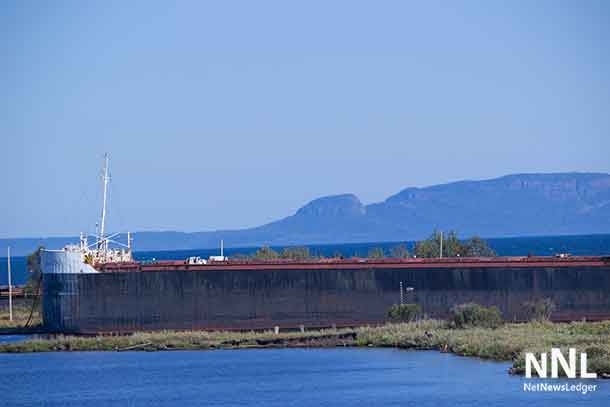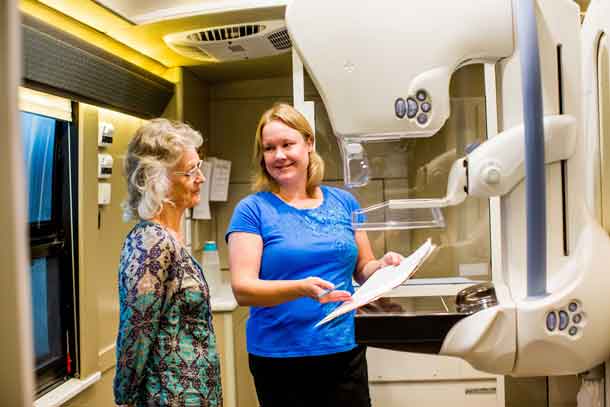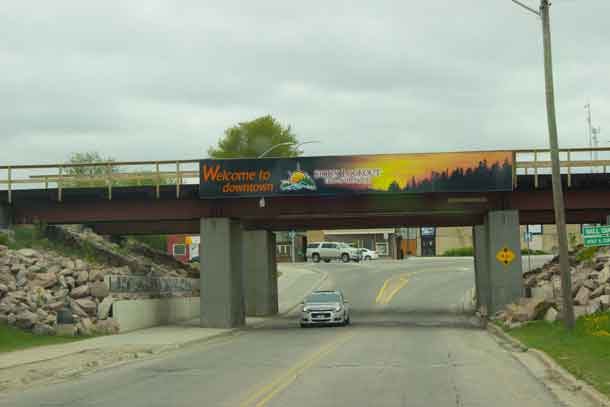 THUNDER BAY – Health – One of the leading killers in Northern Ontario is cancer. There are few families in Northwestern Ontario whose lives have not been touched by cancer, either claiming a loved one, or knowing someone who is struggling with fighting cancer. For women, breast cancer is a terrible disease. The physical and mental toll of this cancer is massive. In 2012, in Ontario, an estimated 9,100 women will be diagnosed with breast cancer, and an estimated 2,000 women will die from it.
THUNDER BAY – Health – One of the leading killers in Northern Ontario is cancer. There are few families in Northwestern Ontario whose lives have not been touched by cancer, either claiming a loved one, or knowing someone who is struggling with fighting cancer. For women, breast cancer is a terrible disease. The physical and mental toll of this cancer is massive. In 2012, in Ontario, an estimated 9,100 women will be diagnosed with breast cancer, and an estimated 2,000 women will die from it.
Mammograms save lives; yet for some women living in Northern First Nations communities, the financial costs associated with getting to breast screening are prohibitive.
To help address this issue, the Canadian Cancer Society, in partnership with the Weenebayko Area Health Authority (WAHA) and Health Sciences North (HSN-NECC), will provide approximately 100 women living in remote Northeastern Ontario communities — specifically, Peawanuck, Attawapiskat, Kashechewan, Fort Albany, Moosonee and Moose Factory — with air and ground transportation to mammogram appointments from January 18 to 23, 2013.
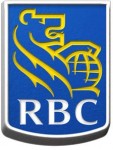 This unique, one-time initiative is made possible thanks to a special gift made by the RBC Foundation to the Canadian Cancer Society.
This unique, one-time initiative is made possible thanks to a special gift made by the RBC Foundation to the Canadian Cancer Society.
“Mammograms are the most reliable way to detect breast cancer early, when it’s most treatable: however, for some women living in remote areas, the cost of getting to a screening appointment can be as high as $1,500 for travel by air alone,” says Barbara Spencer, Canadian Cancer Society, Regional Director for Northeastern and Northwestern Ontario. “This initiative demonstrates the Society’s commitment to helping women get screened and how we can take action against the most common cancer among Canadian women.”
Cancer is a major health concern for First Nations communities. The overall rate for new cancer cases in Ontario’s First Nation communities nearly doubled between 1968 and 2001. In addition, the five-year survival rate is also much lower than the general population.
Thunder Bay Atikokan MPP Bill Mauro, talking about the Ontario 2011 Budget stated, “We have effectively lowered the age at which women can be enrolled in the province’s breast cancer screening program. The budget outlined our government’s plan to create a new initiative under the Ontario Breast Screening Program designed specifically for women who are at a high risk of developing breast cancer due to genetics or family history. The plan will expand the existing program to reach women between 30 and 49, and it will also increase support for women 50 to 69, who were already eligible for the screening program”.
Breast Cancer Screening Saves Lives
“Research shows that, on average, First Nations women are diagnosed at a later stage of breast cancer when compared with Ontario women, due in part to lower participation rates in screening,” says Caroline Lidstone-Jones, Weeneebayko Area Health Authority, Chief Quality Officer. “Early detection is key, which is why we’re so pleased to be embarking on this initiative.”
Screening will take place at the Weeneebayko General Hospital in Moose Factory through the Ontario Breast Screening Program for women between the ages of 50-74 who have never had a mammogram or who haven’t been screened in the past two years.
“This is a very welcome initiative to increase breast screening rates and improve the health of women in the communities along the James and Hudson Bay coast,” says Mark Hartman, Vice President of Cancer Services and Medical Imaging at the Northeast Cancer Centre of Health Sciences North.
Women looking for free and reliable information about breast cancer or support services can call the Canadian Cancer Society’s confidential Cancer Information Service at 1 888 939-3333 or visit cancer.ca
For more information about getting a mammogram, women can call the Ontario Breast Screening Program at 1 800 668-9304.
About breast cancer and screening
While not every lump is cancerous, your chances of getting breast cancer increase once you’re 50.
Mammograms can find a lump that’s about the size of an apple seed, while the average size lump found by women checking their breasts is the approximate size of a cherry tomato.
The Canadian Cancer Society recommends the following breast cancer screening guidelines:
| If you are: | You should: |
| 40 to 49 | Talk to your doctor about your risk of breast cancer, along with the benefits and risks of mammography. |
| 50 to 69 | Have a mammogram every 2 years. |
| 70 or older | Talk to your doctor about how often you should have a mammogram. |
For 75 years, the Canadian Cancer Society has been with Canadians in the fight for life. We have been relentless in our commitment to prevent cancer, fund research and support Canadians touched by cancer. From this foundation, we will work with Canadians to change cancer forever so fewer Canadians are diagnosed with the disease and more survive. When you want to know more about cancer, visit our website at cancer.ca or call our toll-free bilingual Cancer Information Service at 1-888-939-3333 (TTY 1-866-786-3934).
Weeneebayko Area Health Authority is a regional, community-focused organization, committed to providing optimum health care as close to home as possible.

